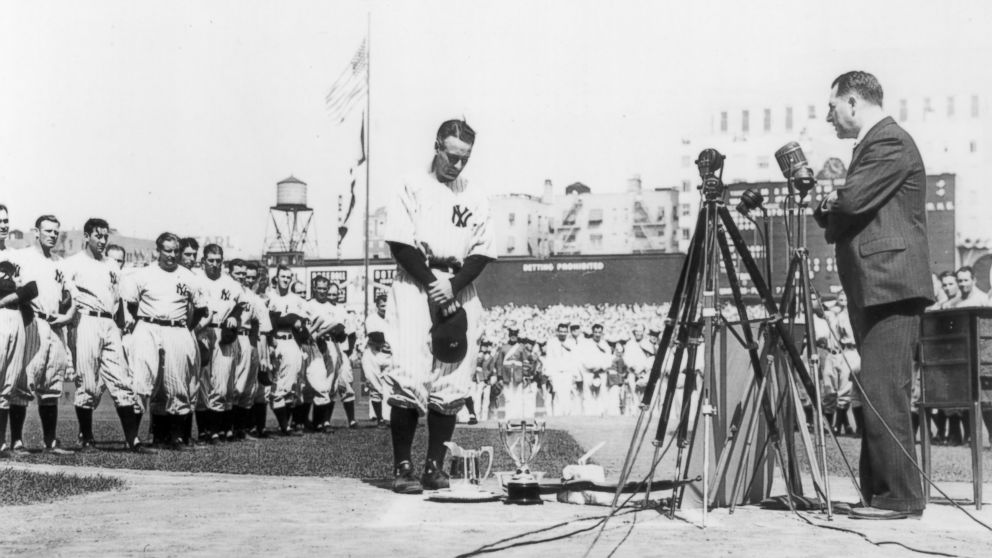About ALS
A Long Swim is dedicated to funding collaborative ALS research
Amyotrophic Lateral Sclerosis (ALS)
- ALS occurs throughout the world regardless of race, ethnicity or socioeconomic status.
- Often referred to as Lou Gehrig’s disease for the New York Yankees icon, ALS is a neurodegenerative disease that slowly robs people of the use of their muscles, and so their ability to walk, speak and breathe. Most people live only two to five years after diagnosis. Approximately 1,000 people in Illinois and 35,000 people in the US are living with ALS at any given time; and a new person is diagnosed with ALS and a person dies with ALS every 90 minutes. ALS occurs throughout the world regardless of race, ethnicity or socioeconomic status.
- ALS is a disease that attacks cells in the body that control movement. It makes the brain stop talking to the muscles, causing increased paralysis over time. Ultimately, ALS patients become prisoners within their own bodies, unable to eat, breathe, or move on their own. Their mind, however, often remains sharp so they are aware of what’s happening to them.
- It most commonly occurs between the ages of 40 and 70, though it can strike at any age. It is likely that there are several different causes of ALS. In about 10% of cases, ALS is caused by genetic factors and are referred to as “familial ALS.” The remaining 90% are considered to be sporadic ALS, and there is no known cause.
- Today, ALS is always fatal and patients typically live for 3 to 5 years after diagnosis. That’s because scientists have yet to identify cures for ALS. The recent acceleration of research has ensured that this will change. It is now not a question of if, but when there will be a significant treatment breakthrough that brings cures within reach.
- Relatively little progress was made in understanding ALS until the 1990s, when there were major research efforts with encouraging results. To learn more about the most recent scientific advancements in ALS research, visit our Funded Research page.
Lou Gehrig and the History of ALS

ALS was identified as a specific disease by Jean Martin Charcot, a pioneering French neurologist working in Paris in 1869s, and thus is still sometimes called Charcot’s disease in France.

Throughout his career, Gehrig was a symbol of indestructibility — the “iron man” of baseball.
On May 2, 1939, he pulled himself out of the lineup of players “for the good of the team.” He was not playing well and knew that something was physically wrong. Within a few months, Gehrig was diagnosed with ALS. He died two years later.
To this day, the disease is still most closely associated with his name, often referred to as “Lou Gehrig’s Disease
